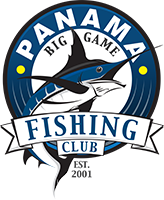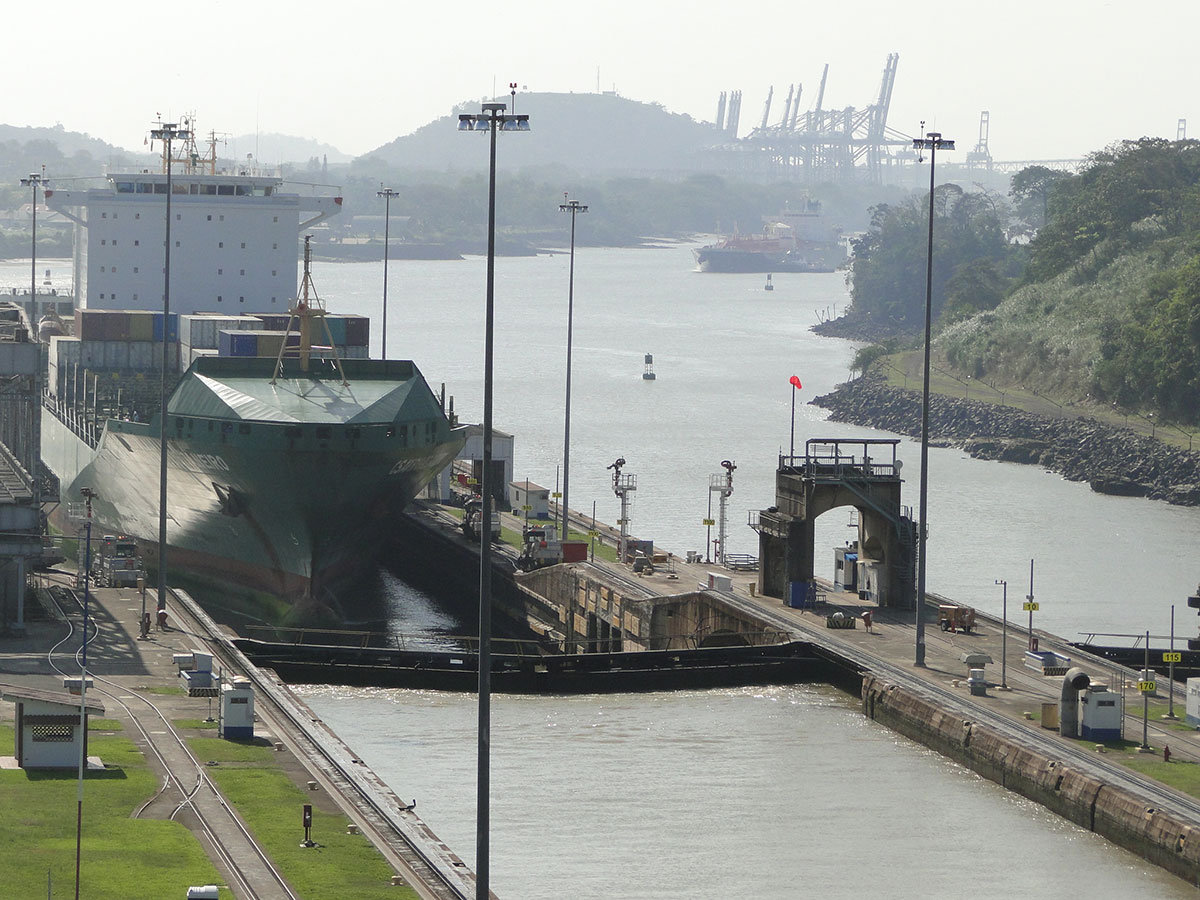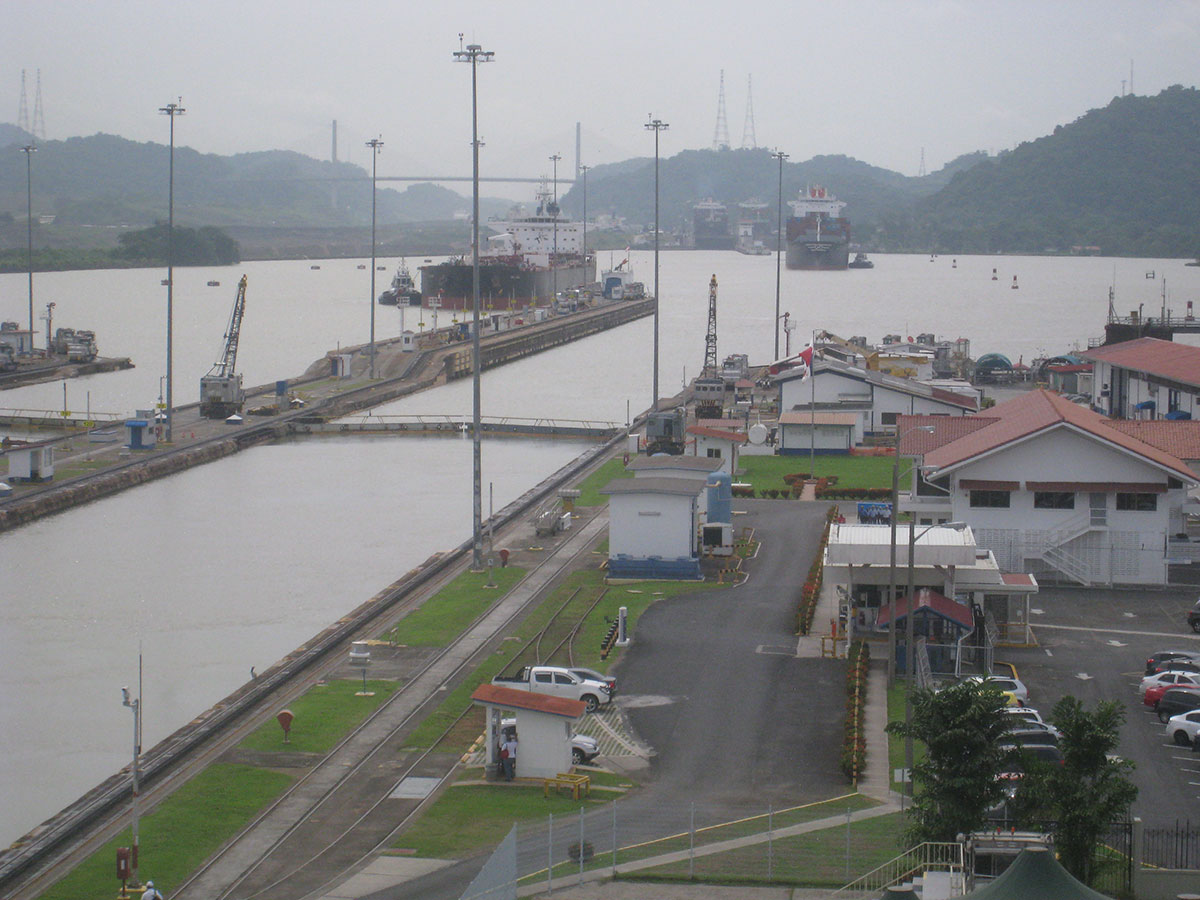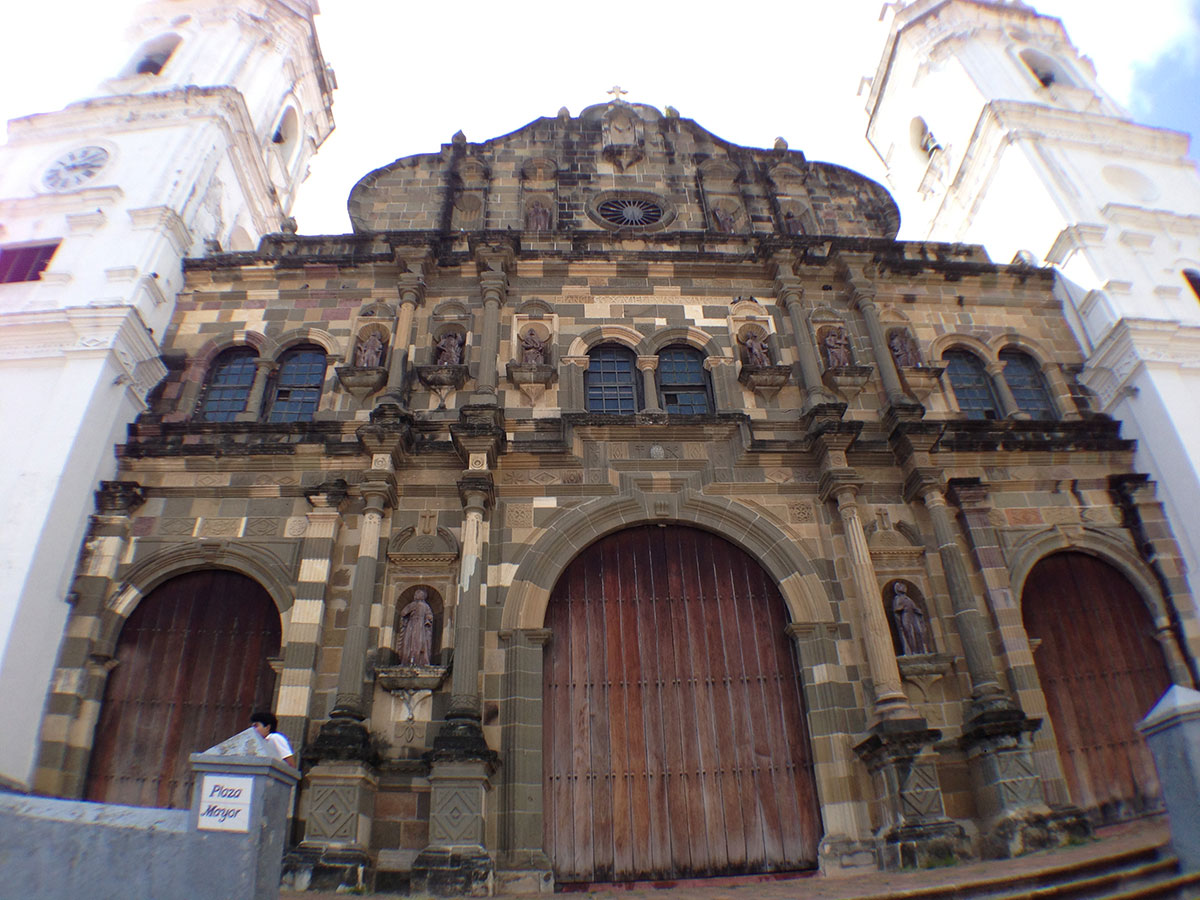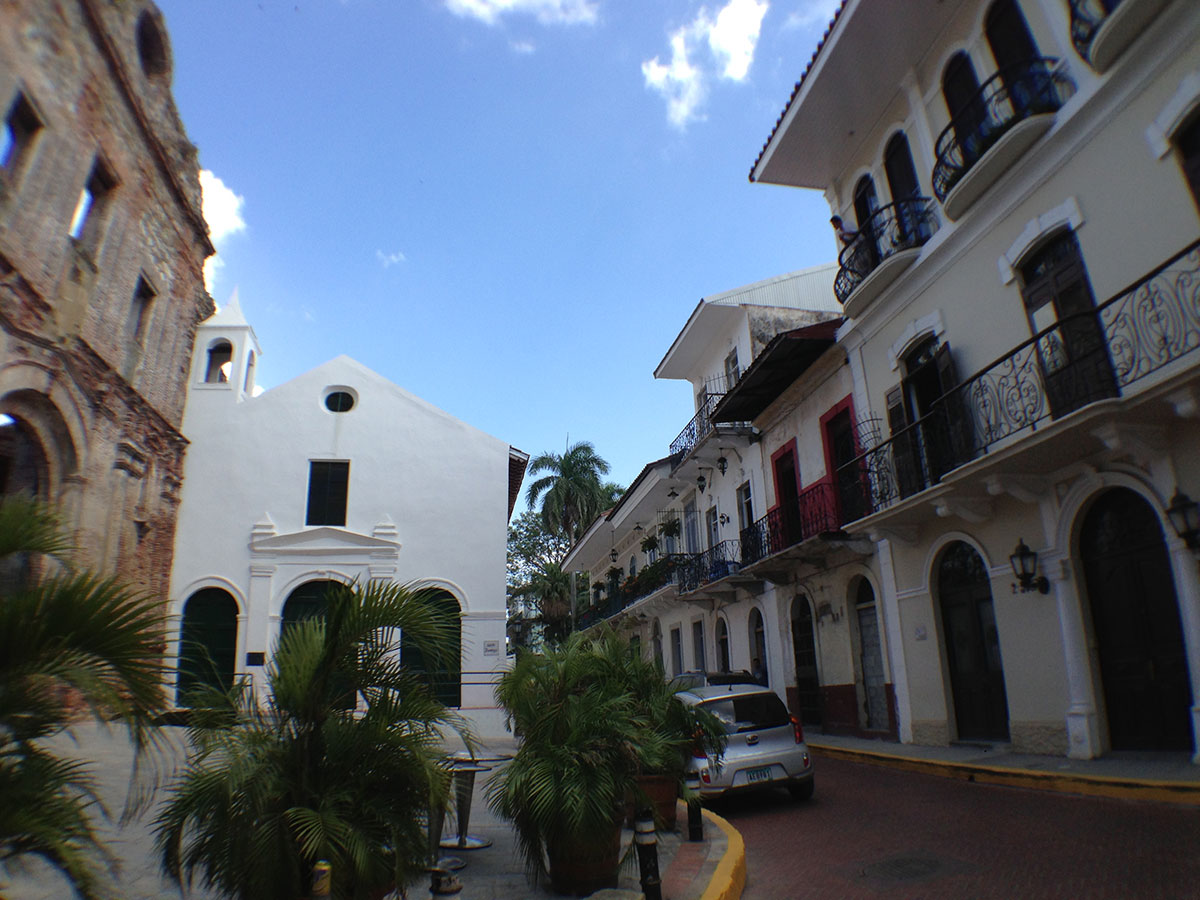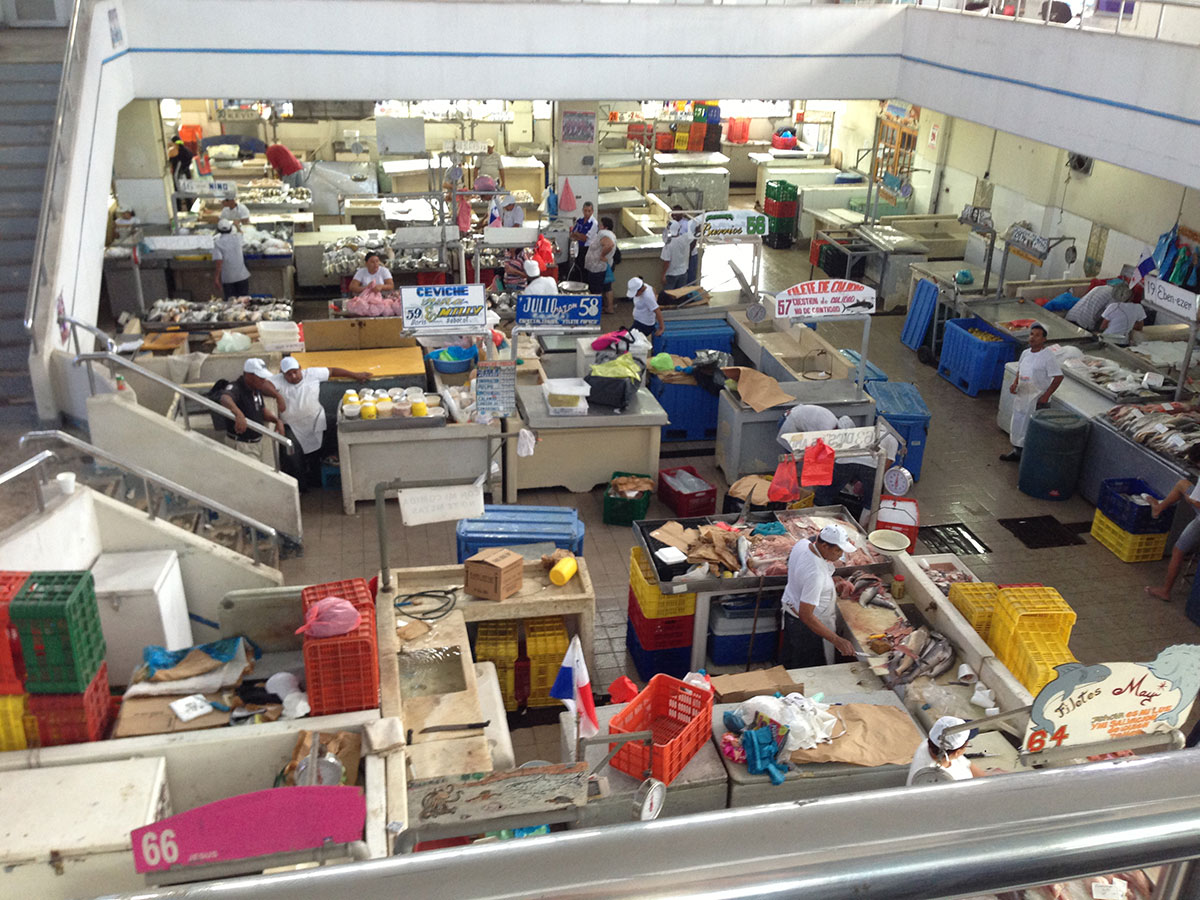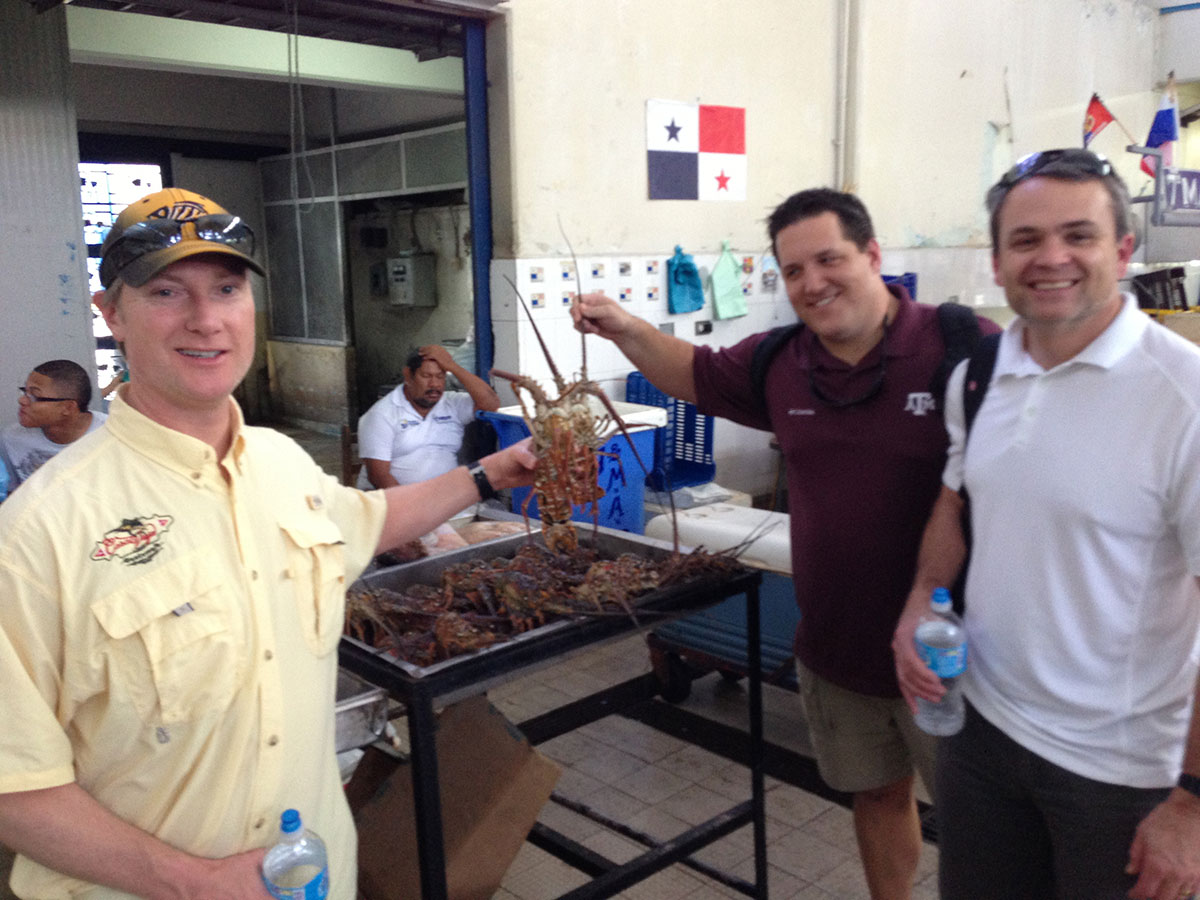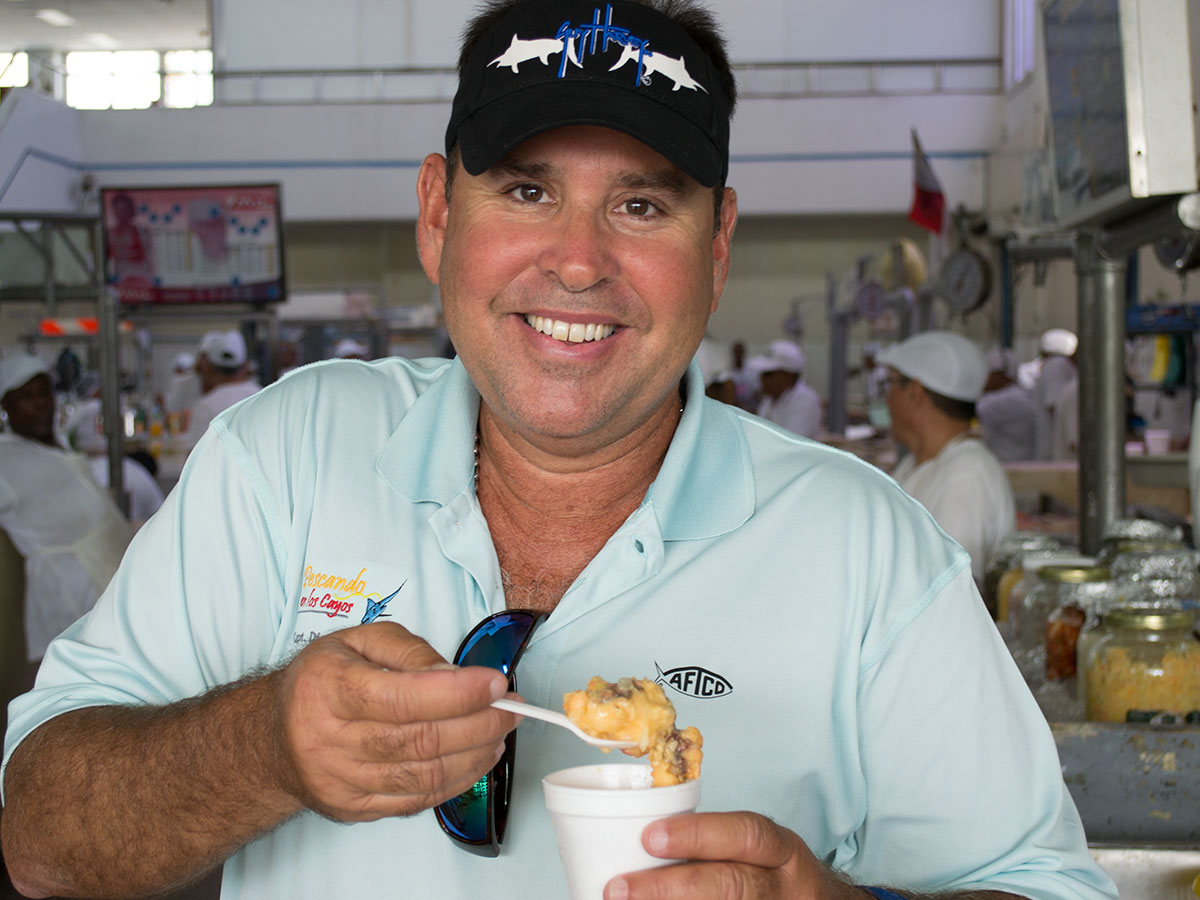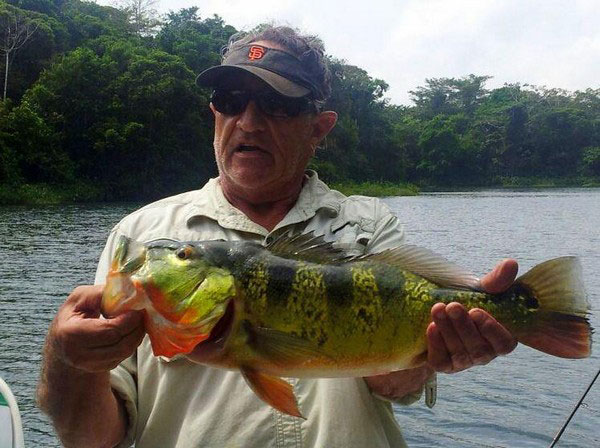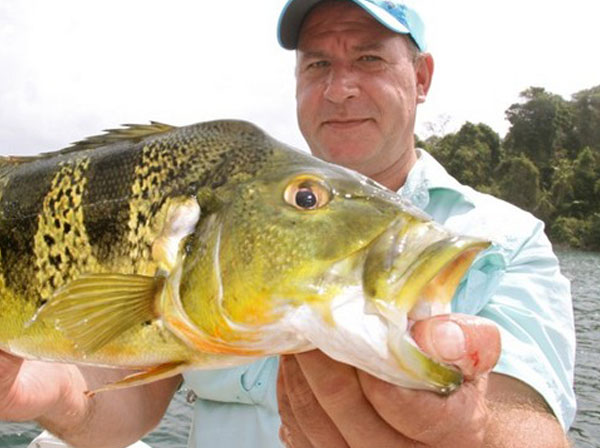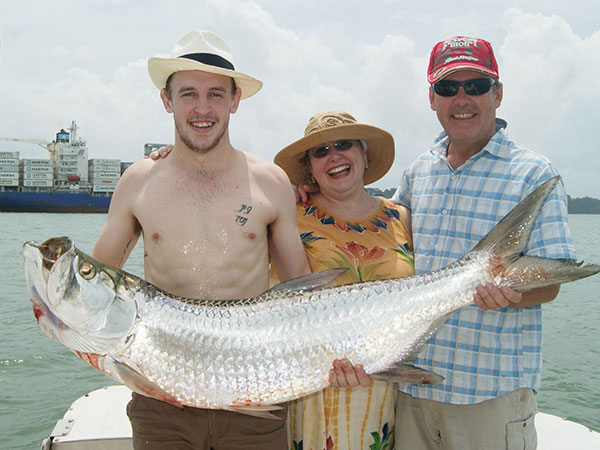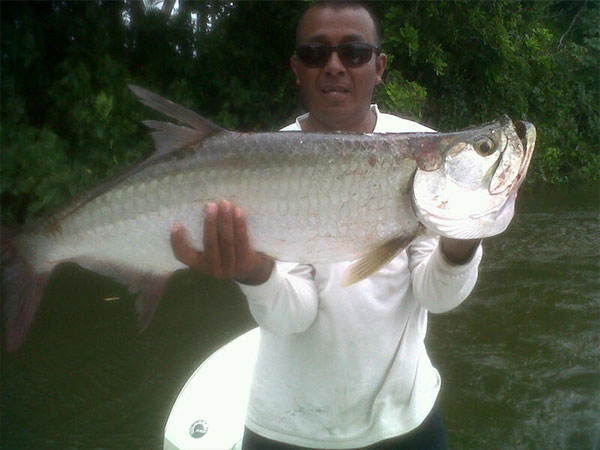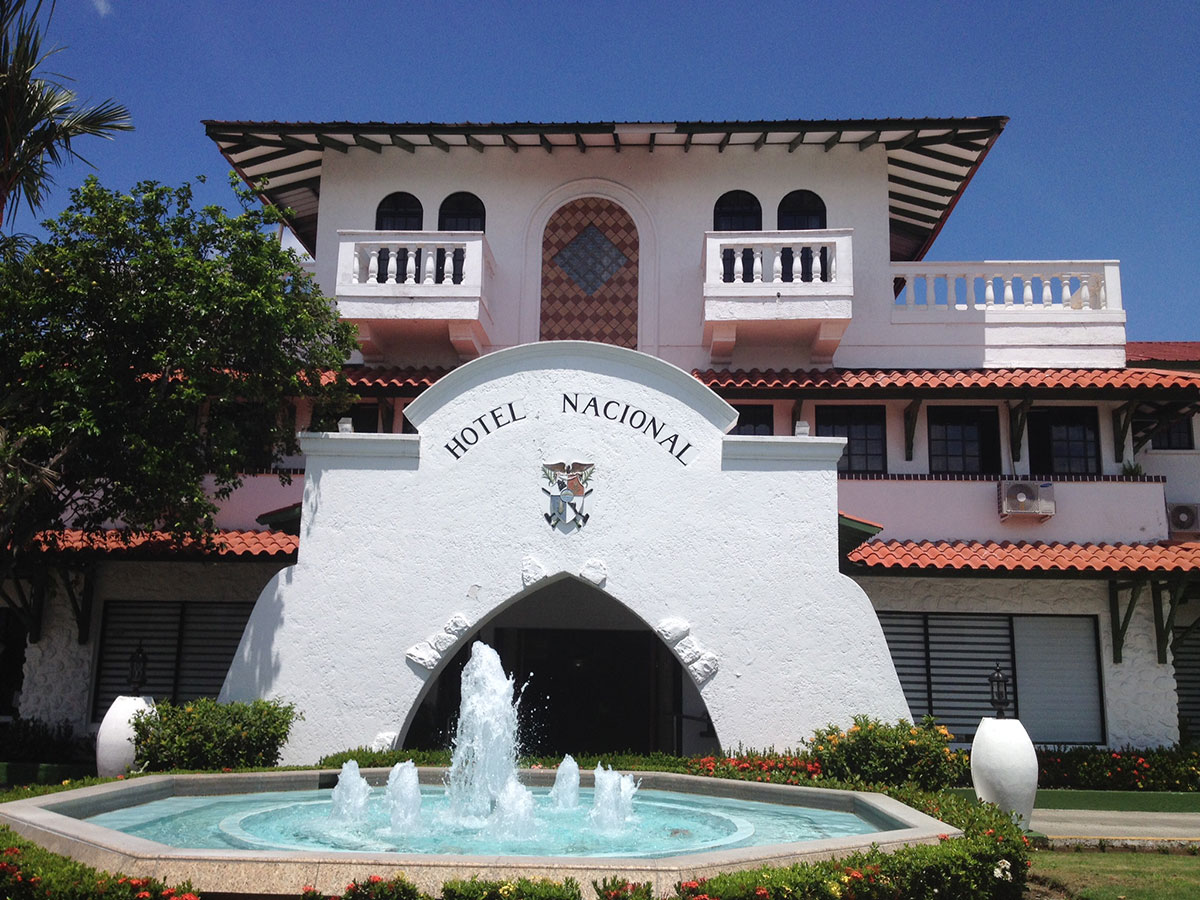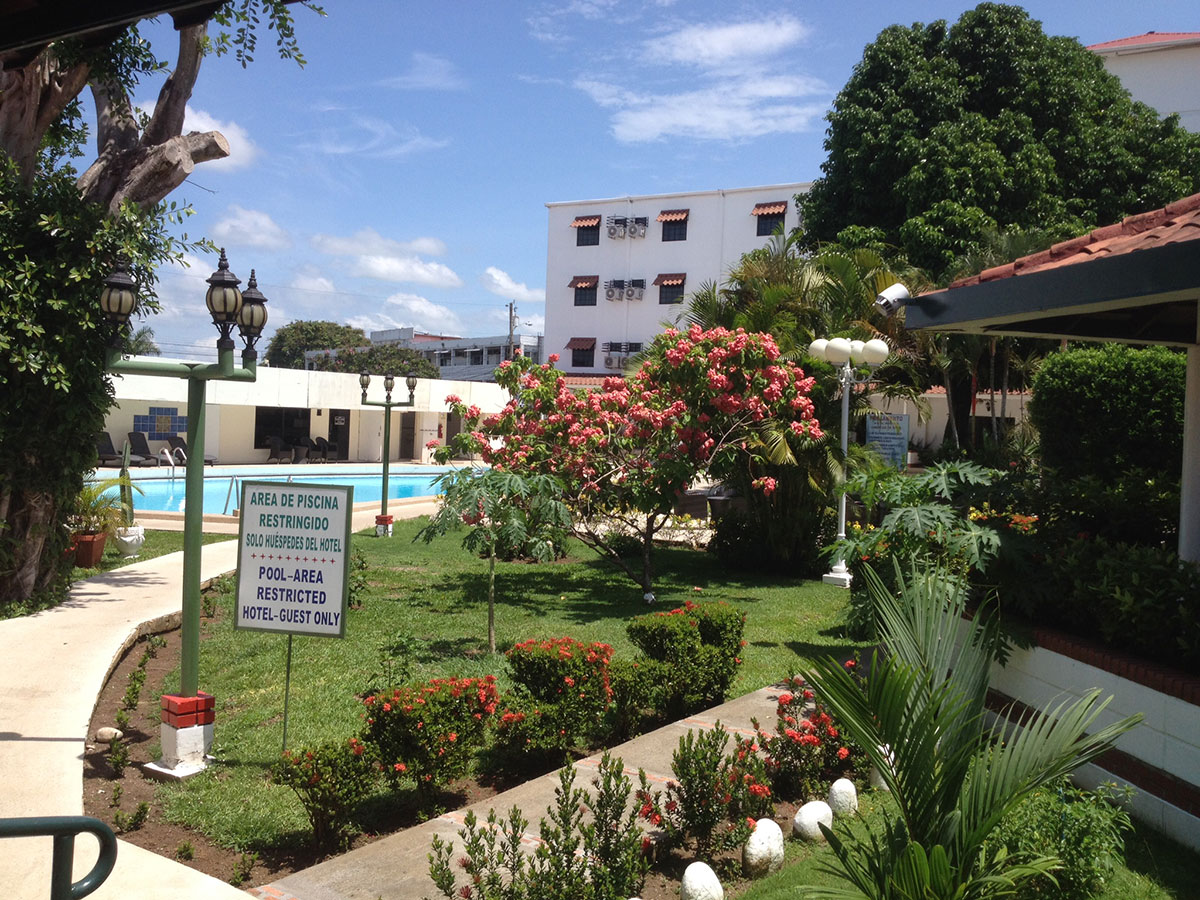Panama means “the place of abundant fish,” but people like to say that everything is found in abundance here. And it’s true, as visitors will quickly discover for themselves that Panama is “the country of abundance” You’ll find an abundance of wildlife in Panama’s many national parks, an abundance of white sand beaches, hundreds of islands, more banks and shops than you would have dreamed possible, the Panama Canal and, of course, a fantastic quantity of fresh seafood, including fish.
After your arrival at the airport do not miss the rest of the cosmopolitan Panama City. Yet it is somehow always fascinating to see the working of one of mankind’s greatest engineering feats: the Eighth Wonder of the World, the Panama Canal. At the Miraflores Locks on the Pacific side and the Gatun Locks on the Atlantic you can watch a gigantic cruise ship is being towed into position for its descent to the Pacific Ocean. Visit the Panama Inter-oceanic Canal Museum, in the Casco Viejo and watch the memorabilia from colonial Spanish times. During the Spanish conquest of the Inca Empire in South America, vast quantities of gold were shipped to Spain from the Pacific Ocean via (Old) Panama. The gold was unloaded from ships at Old Panama, carried overland and reloaded on ships at Portobelo, nearby Colon on the Atlantic coast. Not surprisingly, the enormous quantities of gold attracted pirates like sharks to Panama’s waters. When pirate Henry Morgan robbed the city in 1671, Panama’s governor ordered the powder magazine burned and the whole city went up in flames. The capital was moved 3 kilometres to the west, and present-day Panama City was founded (1673).
In the Old Panama (Panama La Vieja), founded in 1519, you can see the ruins and fragments of walls and arches stand in an open park, recalling the splendour of the Spaniard’s first settlement on the Pacific Ocean. The most impressive structures remaining are the cathedral and the Bishop’s House. In front of the ruins, alongside the ocean, is an artisan’s market, full of native crafts and there’s a fine view out to a bay where Spanish galleons and pirate ships once lifted sail. Casco Viejo or Colonial Panama, is the historic center of today’s capital. It is a quiet, charming district of narrow streets overlooked by the flower bedecked balconies of two and three-story houses. Excellent things to see are the Museum of National History and the old cathedral. Nearby is a small museum dedicated to religious art in the old Santo Domingo monastery, where see the famous Flat Arch, which reportedly helped convince engineers that Panama was earth-quake-proof. Make sure you’ll see the beautiful Gold Altar at the San Jose Cathedral and the Presidential House. Visit French Park, a monument to the French builders who began the Panama Canal, and the lovely French Embassy.
From there you’ll have a nice view of the Bridge of the Americas and of Panama City’s skyscraper skyline to the east, which can be seen from far out in the Pacific Ocean.
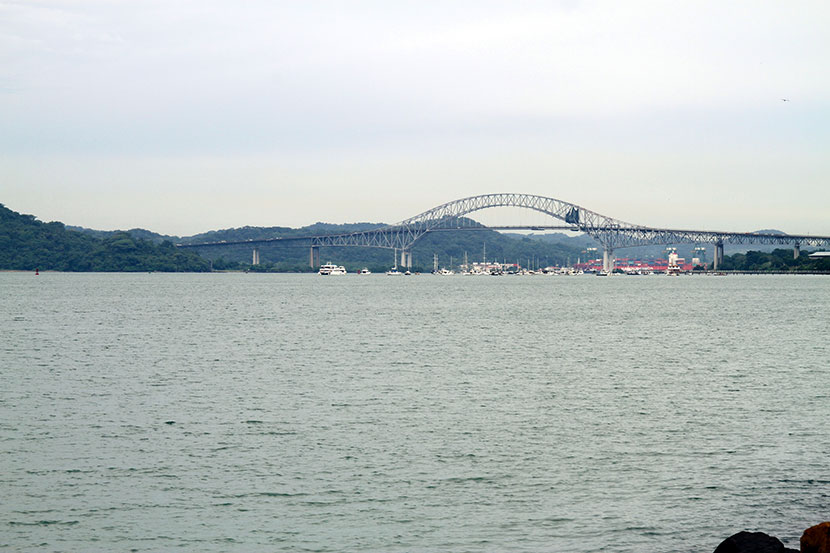
Two famous shopping districts are the Via España and the Avenida Central. Many hotels offer light gambling in casinos and the city is famed for its lively nightlife of discotheques and shows.With nothing less than a 100 miles of Caribbean and Pacific coastline, and 100 of picturesque islands, Panama is a beach lover’s true paradise. You can go snorkeling, diving, fishing, windsurfing or golfing or just sunbathing. The 220 Pearl Islands, discovered by Balboa in 1514, are located about 50 miles from Panama City in the Pacific Ocean. Here the Spaniards found the famed, 31-carat pearl known as “La Peregrina” that was given to the Queen of Spain. Visit islands like Contadora Island (the fifth-largest one of the Pearl Islands).
You can take excursions to nearby islands, most of which are uninhabited, and find your own private beach for sunbathing and picnicking. On the mainland, to the west of Panama City, stretch miles of inviting beaches: e.g. Punta Chame, Nueva Gorgona, Coronado, San Carlos, El Palmar, and Farallon. On the Caribbean side, you’ll find superb coral sand at Bocas del Toro, San Blas and Isla Grande. On the San Bias Islands, you’ll meet the wonderful Kunas,(Kuna Indians) attentive and colourful hosts. The islands of the San Blas Archipelago are strung out along the Caribbean coast of Panama from the Golfo de San Blas nearly all the way to the Colombian border. The islands are home to the Kuna Indians, who run the 378 islands as an autonomous province, with minimal interference from the national government. The most interesting islands are Achutupu, Kagantupu and Coco Blanco. In the Bocas del Toro archipelago, you’ll find mile after mile of exquisite beaches, pristine coral reefs. Another outstanding destination is Isla Grande, where you can kick back in comfortable surroundings and explore beaches, coral formations and coconut plantations at an island pace. Another Island worthwhile visiting is Taboga Island known as the “island of Flowers, can be reached in an hour by boat from Panama City.

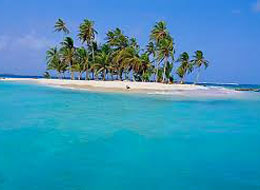
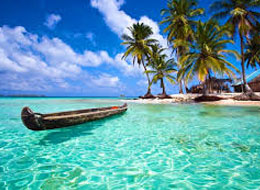
The far side of the island is a protected refuge, where tens of thousands of brown pelicans nest every year If you are more intro doing an ecotour, don’t forget to drop by a large tropical rainforest reserve called Parque Metropolitano or Darien National Park Along the five trails of this convenient park can be seen a diversity of collections of native orchids, tropical wildlife, including toucans, parakeets, orioles, trogons, sloth’s, agoutis and Titi Plant species. Because of its unique geographical position Panama harbours a greater diversity of wildlife than any country in Central America. A natural land bridge connecting two continents, is home to many South American species as well as North and Central American wildlife. At this moment, about 29% of Panama’s land area is protected in 14 national parks, more then a dozen forest reserves and 10 wildlife refuges. Panamá also owns hundreds of islands and miles of protected coral reef, sheltering a fantastic diversity of marine life. Panama is becoming one of the most exciting ecotourism destinations in the Americas and the world.
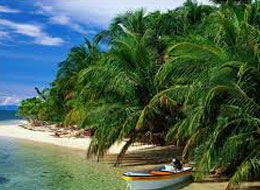
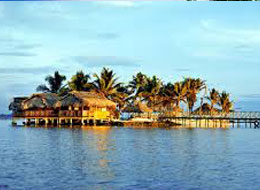
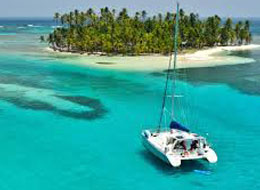
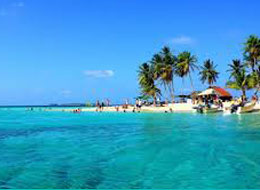
Panama City is a bustling, vibrant, and exciting metropolis. Outside the city, there are beautiful beaches everywhere, with the Atlantic Ocean on one coast and the Pacific on the other. But there’s more to Panama than a sophisticated city and gorgeous beaches. There are rolling green tropical mountains, the fertile countryside, lush rainforests, and small towns where foreign visitors are made to feel like family. For the many fishermen and fisherwomen who visit Panama City the trip would not be complete without a visit to the “Fish Market” to view the days catch and to sample the fantastic fresh Cervice that is offered for sale daily.
Many worlds coexist here. Welcoming both east and west, Panama is a regional hub of trade and immigration. The resulting cultural cocktail forges a refreshing ‘anything goes’ attitude, more dynamic and fluid than its neighbors.
Unflinchingly urban, the capital rides the rails of chaos, with traffic jams, wayward taxis and casinos stacked between chic clubs and construction sites. A center of international banking and trade, the sultry skyline of shimmering glass and steel towers is reminiscent of Miami. In contrast, the peninsula of Casco Viejo has become a thriving colonial neighborhood where cobblestones link boutique hotels with underground bars and crumbled ruins with pirate lore.
Escape is never far. Day trip to Gatun Lake to fish for Peacock Bass and Tarpon, admire the canal, or explore lush rainforests the home to an abundence of wildlife.
David, Chiriqui officially San José de David is a city and corregimiento located in the west of Panama. It is the capital of the province of Chiriquí and has an estimated population of 144,858 inhabitants as confirmed in 2013. It is a relatively affluent city with a firmly established, dominant middle class and a very low unemployment and poverty index. The Pan-American Highway is a popular route to David.
The development of the banking sector, public construction works such as the expansion of the airport and the David-Boquete highway alongside the growth of commercial activity in the city have increased its prominence as one of the fastest growing regions in the country. The city is currently the economic center of the Chiriqui province and produces more than half the gross domestic product of the province, which totals 2.1 billion. It is known for being the third-largest city in the country both in population and by GDP and for being the largest city in Western Panama.
Panama Information
Population: 3,608,431 (July 2014 EST.)
Area: 75,420 sq km
Capital City: Panama City
Time Zone: (UTC-05:00)
Location: Central America, bordering both the Caribbean Sea and the North Pacific Ocean, between Colombia and Costa Rica
Climate: Tropical maritime; hot, humid, cloudy; prolonged rainy season (May to January), short dry season (January to May)
Currency: Panama Balboas. Balboas (PAB) per US dollar – 1 (2014 EST.)
Language: Spanish (official), indigenous languages (including Ngabe, Bugle, Kuna, Embera, Wounaan, Naso Tjerdi, and Bri Bri)
System of Government: Constitutional democracy
Head of State: President Juan Carlos VARELA (since 1 July 2014)
Telephone Country Code: 507
Emergency numbers: 104, 103, 911 (police, fire, ambulance)
Electricity: 110v
Religion: Roman Catholic 85%, Protestant 15%
Life Expectancy at Birth: 78.3 years
